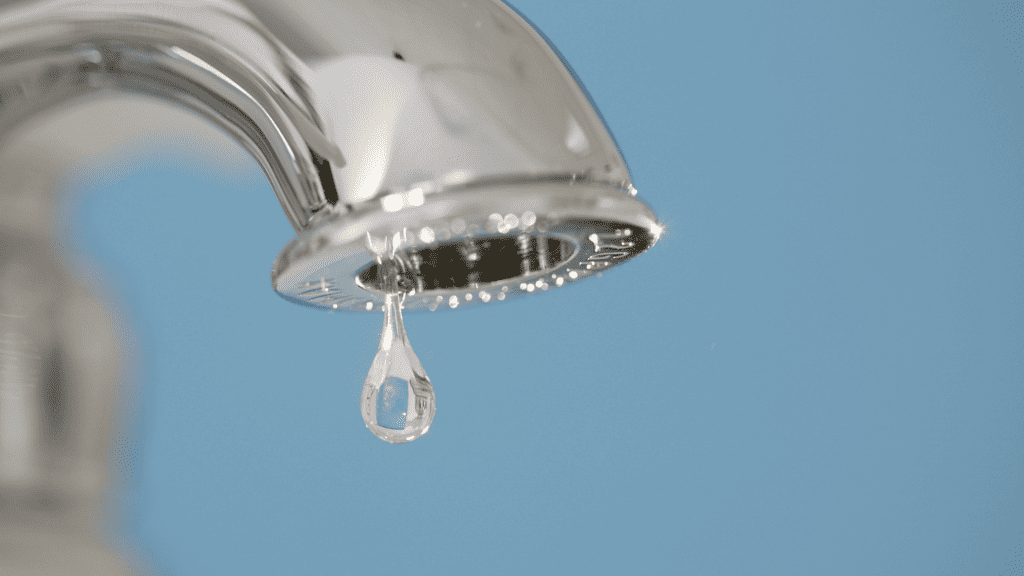What are your concepts about 10 Reasons for Low Water Pressure in Your House?

Low tide pressure in your house can be a discouraging trouble, impacting whatever from showering to washing dishes. If you're experiencing weak water flow, there are several possible causes and remedies to discover. In this overview, we'll discuss usual factors for low water stress and practical actions to deal with the issue properly.
Introduction to Low Water Pressure
Low tide pressure happens when the flow of water from your faucets, showers, and various other fixtures is weaker than usual. This can make daily tasks extra difficult and much less reliable. Understanding the causes of low water pressure is vital to discovering the best option.
Usual Reasons For Low Water Pressure
Faulty Pressure Regulators
Pressure regulators are in charge of preserving consistent water pressure in your home. If they malfunction, it can lead to low water stress or unequal flow throughout your home.
Local Supply Of Water Issues
In some cases, the issue exists outside your home. Municipal water supply problems, such as main line leakages or upkeep work, can momentarily lower water stress in your location.
Pipeline Obstructions
With time, pipelines can come to be obstructed with natural resource, debris, or debris, restricting the flow of water. This is a common concern in older homes with galvanized steel pipelines.
Deterioration
Rust within pipelines can lead to leaks and reduced water stress. Rust buildup can constrict water circulation, specifically in aging plumbing systems.
Just How to Diagnose Low Water Stress
Inspecting Pipes
Inspect noticeable pipes for indicators of leaks, corrosion, or blockages. Focus on any type of unusual sounds, such as knocking or rattling pipes, which could suggest problems within the plumbing system.
Consulting with a Plumber
If you're incapable to pinpoint the cause of low tide stress, take into consideration working with a specialist plumber to conduct an extensive inspection. They can recognize underlying concerns and recommend appropriate remedies.
Inspecting Taps and Components
Start by checking the water pressure at different faucets and components throughout your home. If the concern is separated to particular areas, it might indicate localized problems.
Do It Yourself Solutions to Take Care Of Low Tide Stress
Flushing Hot Water Heater
Debris buildup in the hot water heater can restrict circulation and decrease performance. Purging the storage tank regularly aids eliminate debris and preserve ideal efficiency.
Inspecting Stress Regulatory Authority
Ensure that the stress regulatory authority is functioning appropriately. Changing or replacing the regulator can aid recover proper water stress throughout your home.
Cleaning Up Aerators and Showerheads
Mineral deposits can collect in aerators and showerheads, decreasing water flow. Eliminate and cleanse these components on a regular basis to boost water pressure.
Clearing Clogs in Water Lines
For minor blockages, try using a plumbing snake or chemical drain cleaner to clear obstructions in pipes. Be cautious when utilizing chemicals and comply with safety and security standards.
When to Call a Specialist Plumber
If do it yourself efforts fall short to fix the issue or if you presume significant plumbing issues, it's best to look for support from a certified plumber. They have the proficiency and tools to attend to complicated concerns safely and efficiently.
Safety Nets to Maintain Water Pressure
Installing a Stress Booster
Think about setting up a stress booster pump to boost water pressure in locations with continually low flow. This can be particularly advantageous for multi-story homes or homes with high-demand components.
Monitoring Water Use
Bear in mind water use routines and stay clear of overtaxing the plumbing system. Easy changes, such as shocking showers and laundry lots, can aid maintain adequate water stress.
Normal Upkeep
Schedule routine maintenance for your plumbing system to avoid problems such as rust, leaks, and clogs. Addressing small troubles early can assist avoid even more considerable repair services later.
Verdict
Handling low tide pressure can be frustrating, however identifying the underlying causes and executing appropriate services can restore ideal flow throughout your home. Whether it's cleaning up aerators, examining pipes, or consulting with a plumber, taking positive steps can guarantee a steady supply of water for your day-to-day requirements.
FOUR WAYS TO FIX LOW WATER PRESSURE NOW
Turning on a shower or faucet only to find the water comes out in a sad, slow drizzle is never a good feeling. How exactly are you supposed to wash a pan or take a quick shower when it takes 10 minutes just to rinse off a little soap? The good news is that when your water pressure is bad, there's always a cause: typically one that can be easily fixed. Here are some of the most common causes of low pressure and what you can do to fix the issue:
DEBRIS AND MINERAL DEPOSIT BUILDUPS
If you notice low water pressure from just one or two of the fixtures in your house, the problem likely has to do with debris buildup. Water is full of minerals and other debris, all of which can accumulate in your pipes and on your fixtures. This can cause a blockage that affects how much water flows through. To fix this, try filling a small plastic bag with white vinegar, and use a rubber band to hang it around your showerhead or faucet. Let the head of the fixture soak for a few hours, and the vinegar should loosen the deposits.
WATER LEAKS
Leaks are another common cause of low water pressure. If water is flowing out of your plumbing through a hole or crack before it can reach your fixture, the pressure coming out of the faucet or showerhead will be lower. A plumbing professional is your best bet for finding and repairing a leak in your water supply pipes.
Leaks are another common cause of low water pressure. If water is flowing out of your plumbing through a hole or crack before it can reach your fixture, the pressure coming out of the faucet or showerhead will be lower. A plumbing professional is your best bet for finding and repairing a leak in your water supply pipes.
A VALVE ISSUE
If you have low water pressure throughout your home, check your main shut-off valve to make sure it's completely open. You may also want to see if there's a pressure-reducing valve installed. If there is, have a plumber help you adjust the settings to get the pressure you're looking for.
OTHERS USING WATER
Believe it or not, your low water pressure could be caused by your neighbors. If you notice low pressure at certain times of day, it may be because you and the people living next to you have similar schedules - when everyone is showering at the same time, the pressure will be lower in every home. Low pressure throughout the neighborhood may also be caused by an issue with your municipal water supply. If that's the case, call the supplier to see if they're working on the issue.
https://www.rotorooter.com/blog/water-leaking/low-water-pressure-fixes/

Do you like more info about Dealing with Low Water Pressure in Your Home? Post a comment directly below. We will be pleased to find out your views about this page. Hoping to see you back again in the near future. Please take a moment to share this article if you enjoyed it. I am grateful for your time. Come back soon.
Call Us Today